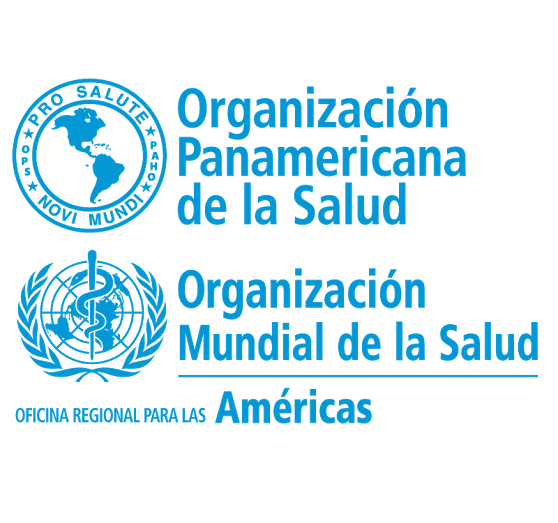Also available in: Español
Several measures will be taken in order to reduce new HIV infections, AIDS related deaths and the number of children that are born with HIV, among others
September 29, 2016.
 Based on 30 years of efforts in the response to HIV, the ministers of health of the Americas agreed on a plan to accelerate from now until 2020, the prevention and treatment measures to end AIDS and sexually transmitted infections (STIs) as public health issues by 2030.
Based on 30 years of efforts in the response to HIV, the ministers of health of the Americas agreed on a plan to accelerate from now until 2020, the prevention and treatment measures to end AIDS and sexually transmitted infections (STIs) as public health issues by 2030.
“We have powerful tools for prevention and treatment that can make the HIV response overcome the epidemic” stated Marcos Espinal, Director of the Communicable Diseases and Health Analysis Department of the Pan American Health Organization (PAHO), regional office for the Americas of the World Health Organization (WHO).
By 2020, the new plan will seek to reduce by 74 percent the new cases of HIV in the region; decrease by 62 percent annual deaths related to AIDS; move down the ratio of children born with HIV from infected mothers from 7 to 2 percent, and that 5 or less children are born with congenital syphilis out of 10 thousand born alive. It will also aim to reduce by 5 percent the new cases of cervical cancer that is caused by the human papilloma virus (HPV), easily transmitted through sexual contact.
“We must give a faster, more innovating, efficient and sustainable response, based on an approach of public health, human rights, gender equality and intercultural focus”, said Massimo Ghidinelli, Chief of the Unit on HIV, Hepatitis, Tuberculosis and Sexually Transmitted Infections of PAHO/WHO.
In order to achieve this, the plan establishes the need to expand and ensure equitable access to prevention, care and treatment services for HIV and STDs through an integrated work of health services, with active participation of civil society. It also calls for improving and expanding the programs public funding.
Another objective of the initiative is to eliminate discrimination and other barriers that prevent timely access to health services, as well as to focus the actions on the most affected populations and with higher HIV risk in the region, such as Trans people, gay men and other men that have sex with men, and men and women sexual workers.
The plan, approved during the 55th PAHO Board Council, is built on the basis of other plans and strategies that WHO and the countries in the region implemented achieving up to 55 percent coverage increase for antiretroviral treatment between 2006 and 2015, avoiding 28 thousand new cases in children in the last five years, and placing Cuba as the first country in the world to receive WHO certification in 2015 for eliminating mother to child HVI and syphilis transmission.
Despite this progress, around two million people live with HIV in Latin America and the Caribbean, 100 thousand people are infected with HIV annually, which has experienced an upturn in recent years, and 50 thousand die due AIDS related causes. The STSs, a group of easily curable diseases, affected 51 million adolescent and adults in 2012 within the region.
The new action plan is in line with global strategies of WHO, UNAIDS and with the new Sustainable Development Goals (SDGs) of the United Nations. It is also within the framework of the global strategy on fast escalation of the response, known as Fast Track.
